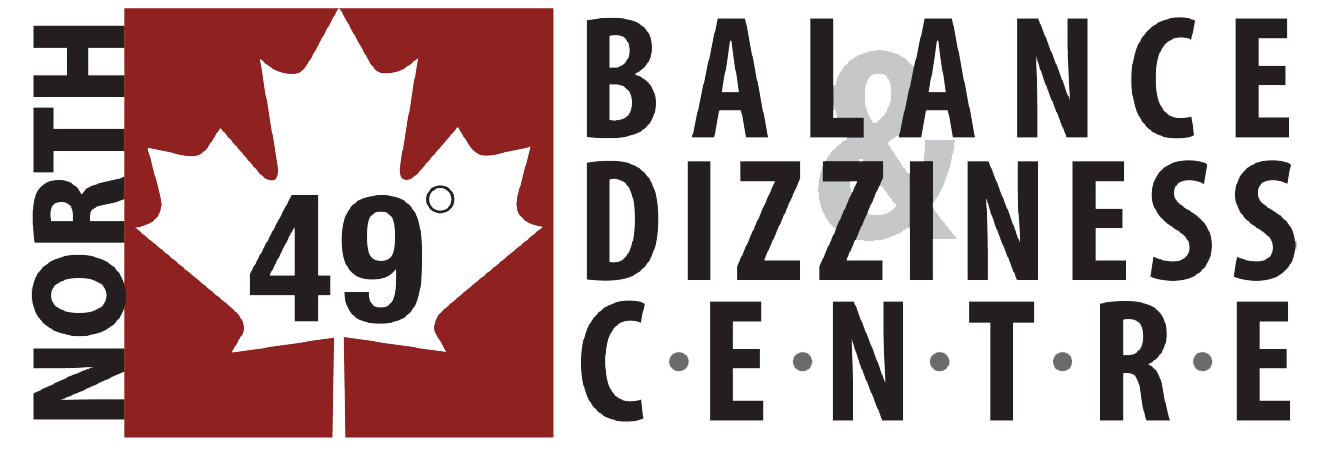Thinking About Getting Infrared Goggles, Then This Is A MUST READ
The Dilemma With Getting Infrared Goggles
Are you a busy clinician who has ventured out in the field of vestibular therapy, but find it hard to justify the cost of purchasing infrared goggles? You know they would really help with your assessment, take out some of the guess work, and improve your outcomes. As most things, it can come down to the "budget". Maybe you do not see enough dizzy patients to justify the expense or the owner of the clinic you work at does not understand their value.
Our Journey To Find Infrared Goggles
We get it as we have been there, but fortunately over the years we have been able to gradually purchase infrared goggles. We actually have several sets given our volume of patients with dizziness and initially when we opened our clinic we could purchase a pair of infrared goggles for just over $3,000 CDN. However, a couple of years ago when we needed another set we were quoted $8,800 CDN for monocular (able to observe one eye) and $11,120 for binocular (able to observe both eyes simultaneously). We assume that prices have continued to increase since then.
That was definitely out of our price range and looking into it further we realized that the majority of the cost for goggles goes into paying for the computer software that objectively analyzes the nystagmus. However, we did not need the software to help us see the nystagmus, only the goggles themselves. We kept looking and came across Vestibular First. Their website marketed infrared goggles that were in the development stage, back then, for $1,500 USD (just under $2,000 CDN). We purchased a set of their goggles that we have since been able to exchange, at no cost, for their new ones that are FDA approved and patented. The original goggles were a prototype that they were using to get feedback from clinicians.
Are You Considering Infrared Goggles?
Now, if you are looking to purchase a set of goggles and would like some direction, you have come to the right place. We would encourage you to look at the above video (8min) which is our review of the Vestibular First goggles. You can look at the specs below and visit Vestibular First's website, but seeing these goggles and how they work, with our anecdotes in the video may be helpful in you deciding if these are for you.
Vestibular First Goggle Specifications
- Binocular.
- Can also simultaneously record from third camera (webcam).
- Fixation light included.
- Sturdy carrying case for transport.
- Free software to capture and record video.
- Default camera speed is 30 frames per second. The minimum required to capture a typical nystagmus is 20 frames per second.
- PC and Mac compatible.
- Hardware requirements:
Processor – i5 or better.
Memory (RAM) – 8GB or more.
Dedicated Video Card – Not necessary, but strongly preferred. - Operating system compatibility:
Windows 7, 10.
MacOS >= 10.12 (aka “Sierra”). - COST: $1,500 USD.
To see more details check out Vestibular First's Info Page.
Our Opinion
These goggles get the thumbs up from North 49 as they:
- Are simple to set up and use.
- Record great video with free software.
- Are portable if used with a laptop.
- Are extremely affordable.
If you have any questions, please feel free to contact us at 306-343-7776. Or, contact Vestibular First yourself. I am sure that they would love to hear from you.
Infrared Goggle Options
If you are wondering what other infrared goggles we use at North 49. We have several Micromedical RealEyes Monocular goggles, but Micromedical is now under the umbrella of Interacoustics.
Why Use Infrared Goggles?
If you are still not sure if infrared goggles are necessary when assessing patients with dizziness, in our mind they are a MUST HAVE. Here are just 3 reasons why:
- The fixation light helps us determine if the nystagmus is from a central or peripheral vestibular disorder - that is important.
- We may miss the nystagmus from a peripheral vestibular disorder if only assessed in room light - that is important.
- If we are not sure about some findings, we can have a coworker review the video recordings - that is helpful.
It is also great to be able to record patient's nystagmus, show them immediately after, then track over time. When we first started using infrared goggles we recorded onto VHS. How have times changed, and for the better.
Bottom Line
If you are assessing patients who are dizzy, infrared goggles are a must have and Vestibular First offers a great option.



